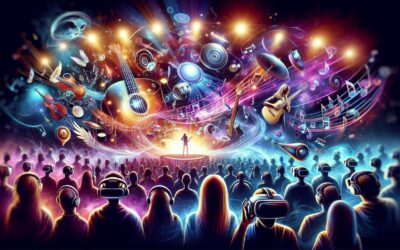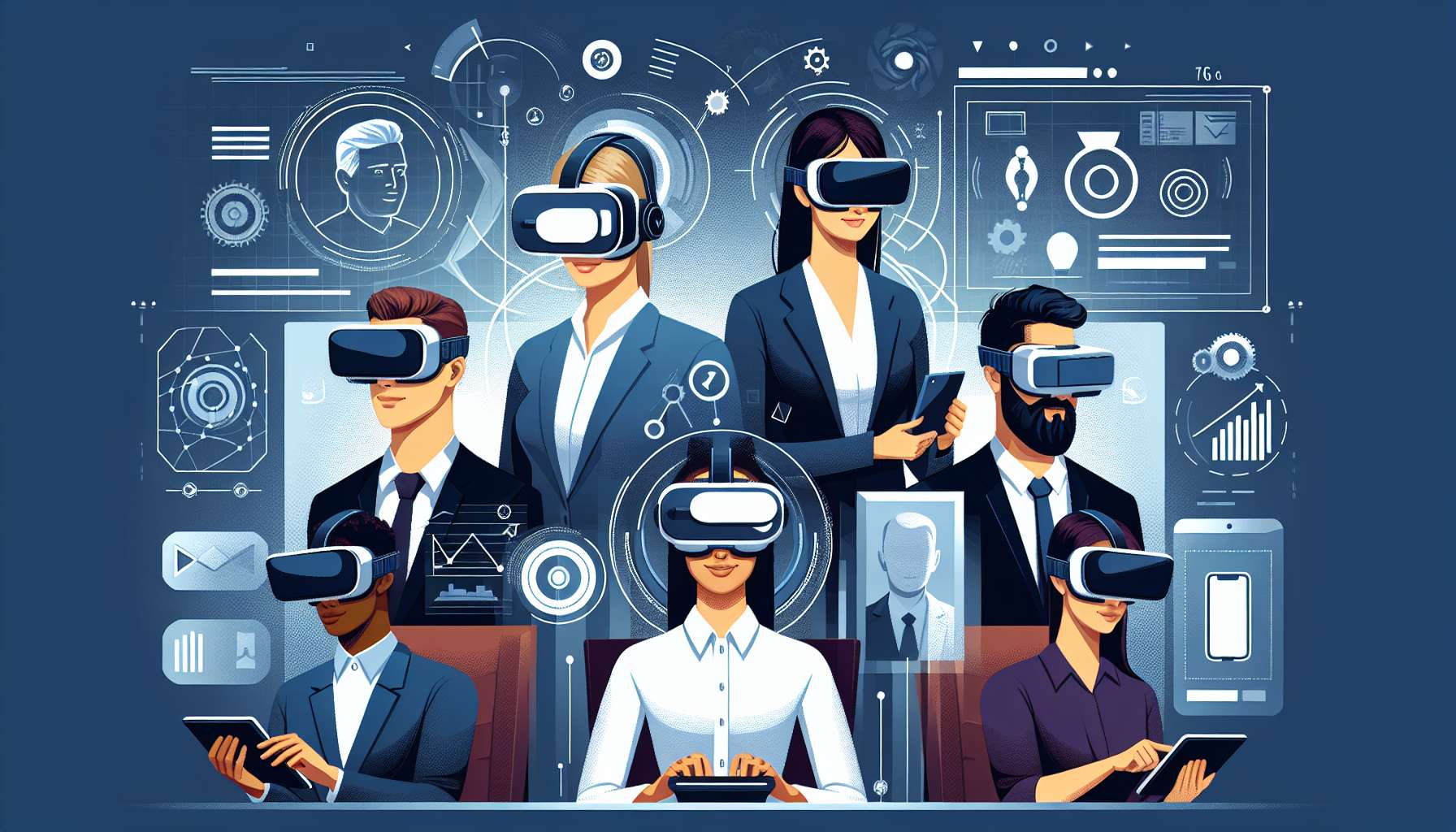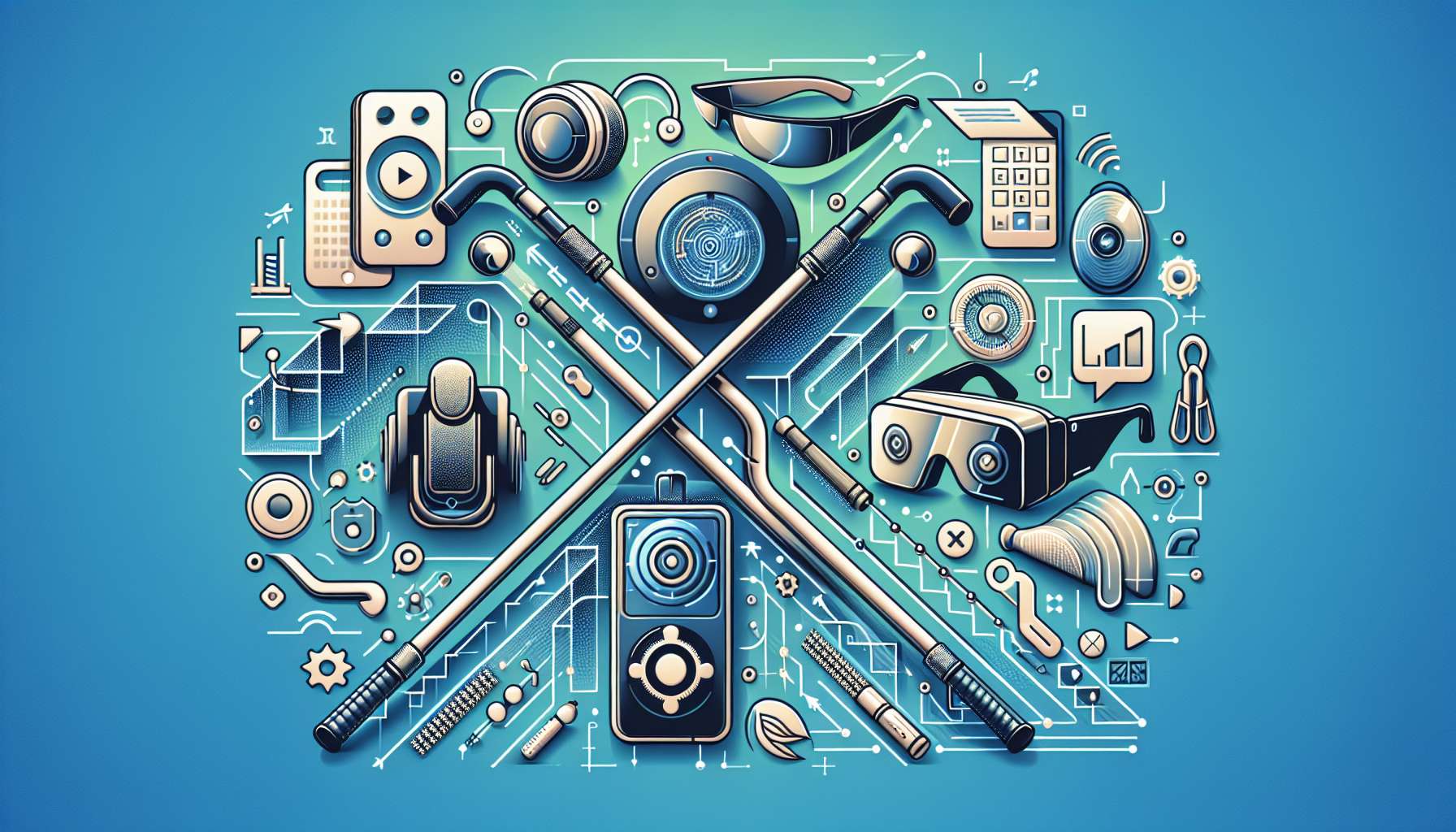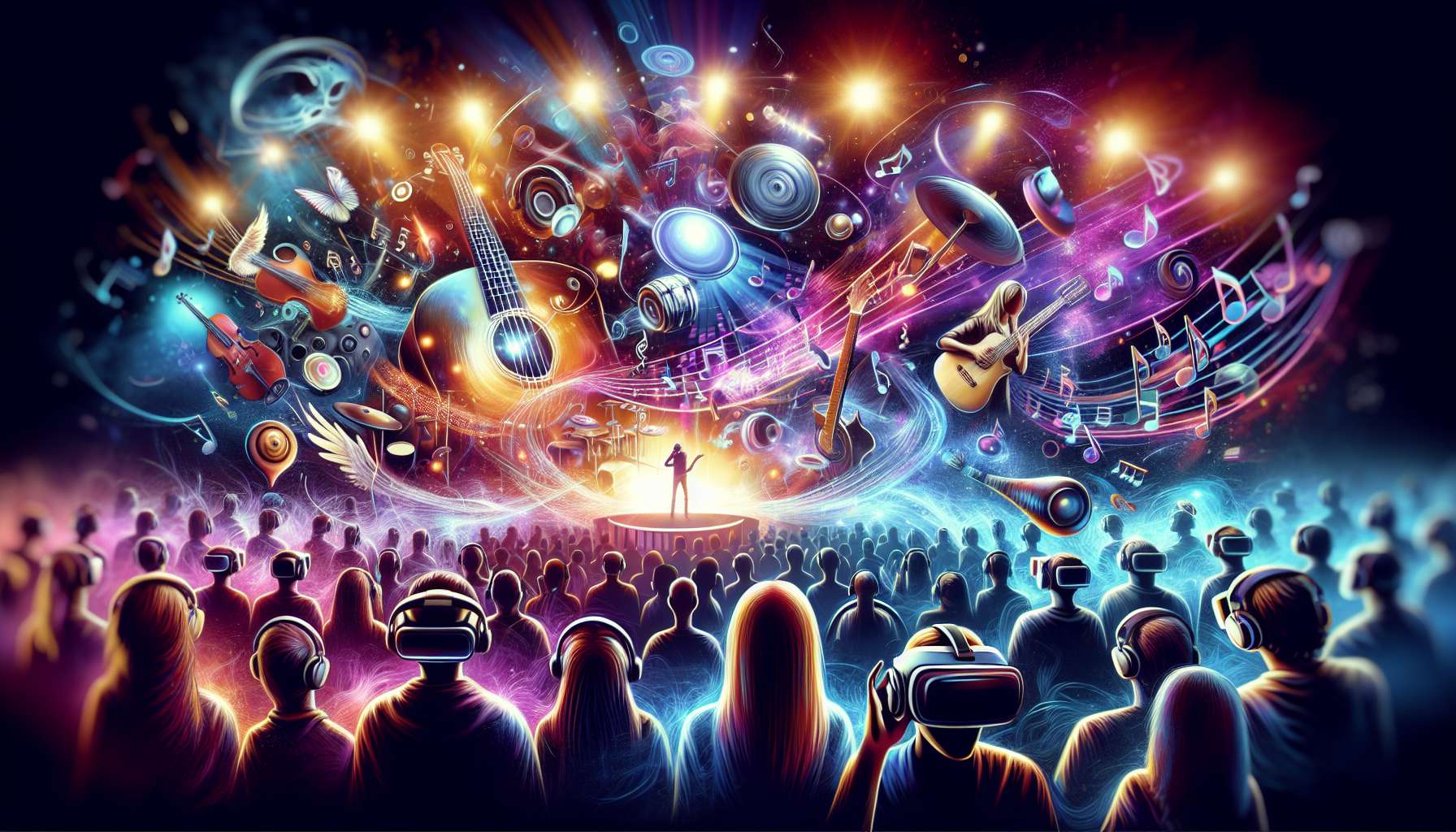Virtual reality (VR) technology has been revolutionizing various industries, and one area where its impact is particularly significant is employee training. The immersive and interactive nature of VR offers a unique training experience that traditional methods cannot match.
One of the key advantages of using VR in employee training is its ability to simulate real-world scenarios in a safe and controlled environment. This allows employees to practice and learn new skills without any risk of harm or damage. For example, in industries such as healthcare and manufacturing, where hands-on training is crucial, VR can provide a realistic training experience that prepares employees for real-life situations.
Moreover, VR training can be highly engaging and interactive, which can lead to better retention of information. By immersing employees in a virtual environment, they are more likely to stay focused and actively participate in the training session. This can result in faster learning and improved performance on the job.
Another benefit of VR training is its scalability and cost-effectiveness. Traditional training methods often require physical resources such as training facilities, equipment, and instructors. With VR, training programs can be easily replicated and accessed remotely, saving time and resources. This is especially beneficial for companies with a large workforce or multiple locations.
Furthermore, VR training can be customized to meet the specific needs of different industries and job roles. Whether it’s practicing surgical procedures in healthcare or simulating emergency situations in aviation, VR can be tailored to provide targeted training that is relevant and effective.
In conclusion, the role of virtual reality in employee training is rapidly expanding, offering a range of benefits that can enhance the learning experience and improve performance. As VR technology continues to advance, we can expect to see more companies adopting VR training solutions to better prepare their employees for the challenges of the modern workplace.








